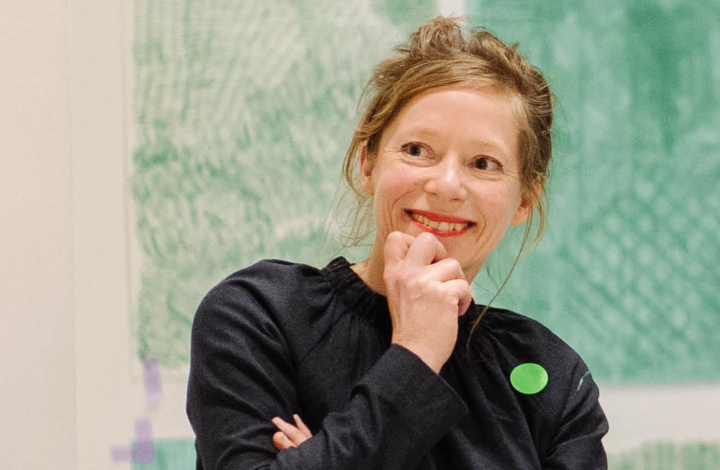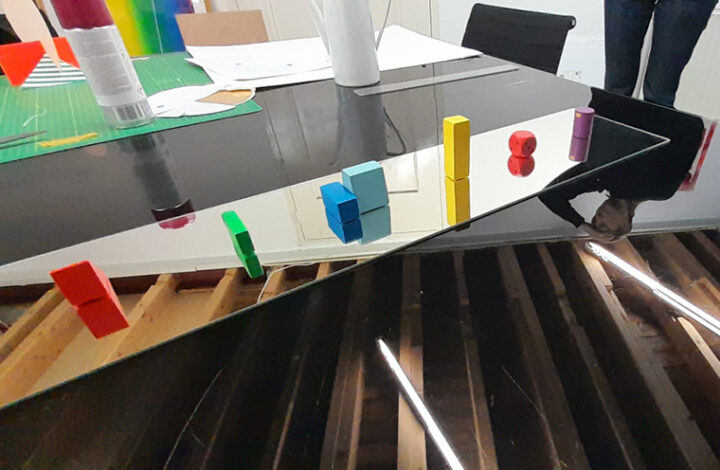Cecilia Hendrikx
Artist in residence

Project title
As It Appears
Research question
How can the surtout de table serve as a medium to explore and question the structural foundations, aesthetics, and origin stories of contemporary institutions within their architectural contexts?
Project description
Cecilia Hendrikx’s research explores the relationship between architecture and the institutions it houses. Through the creation of a series of surtout de tables, she examines how architectural design both reflects and shapes the social, historical, and organisational dynamics within an institution.
By engaging with the community of fellows, staff, and facilitators, she seeks to uncover how the built environment influences institutional roles within the broader, evolving context of societal expectations. Her focus centres on the spaces we inhabit and their immediate surroundings, where appearances often veil more complex, underlying meanings.
Hendrikx aims to uncover how the moral values of the era in which these spaces were constructed are reflected visually, exploring the principles that shaped those environments at the time. She also investigates how shifting zeitgeists can alter or enhance our contemporary perceptions of these environments. The vantage point of this research is the architectural setting of the KNAW–NIAS community.
Her methodology integrates practical, theoretical, and phenomenological research, with each component continuously informing and shaping the other throughout the research process.
Selected publications
Projects
- 2022-2024 SHIFT, residency House van Gelderen
This project raises questions about how documentation leads to icon formation; What happens once a functional object gains heritage status? How does the transition to being a monument relate to Huis van Gelderen? In response to these questions, I staged a performance and a series of threedimensional installations – that set the house in motion.
- THEFT 2022/2023, Residency Reinwardt Academy
The Reinwardt Academy views heritage as a process, an assigned value intended to pass something historical to the future. During this residency I explored the link between ownership and understanding—how ownership arises from comprehension – using “theft” as my initial vantage point, positioning it not merely as a moral transgression, but as a lens through which to explore and interrogate the system around me.
